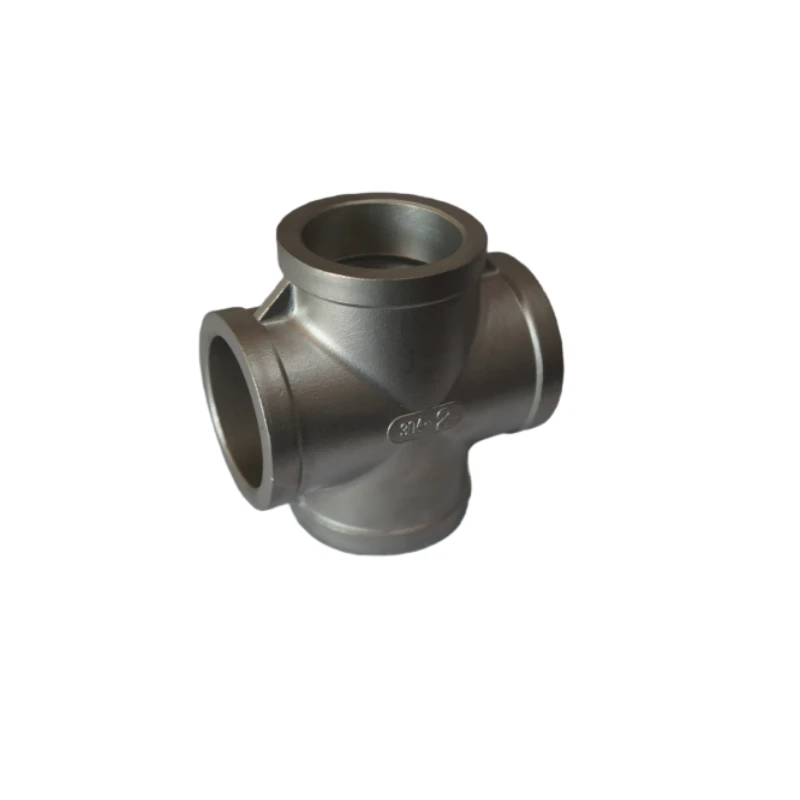types of machining
Types of Machining An Overview
Machining is a critical manufacturing process that involves removing material from a workpiece to shape it into a desired form. It is a fundamental aspect of modern manufacturing, enabling the production of precision parts and components used in various industries. This article provides an overview of the different types of machining processes, their applications, and advantages.
1. Turning
Turning is a machining process where a cutting tool moves in a linear motion against a rotating workpiece. This process is primarily executed on a lathe, where the workpiece is clamped onto the spindle and can rotate at different speeds. As the cutting tool progresses along the length of the workpiece, it removes material to create cylindrical shapes, such as shafts and pins.
Applications Turning is widely used in the automotive and aerospace industries, where precision and uniformity are paramount. It is suitable for creating parts like bushings, flywheels, and camshafts.
Advantages Turning processes yield high accuracy and smooth surface finishes, making them ideal for parts that require close tolerances.
2. Milling
Milling is another popular machining technique that employs a rotating cutting tool to remove material from a stationary workpiece. This process can produce flat surfaces, grooves, and complex shapes. Milling machines can be classified into vertical and horizontal types, depending on the orientation of the spindle.
Applications Milling is versatile and used across a variety of sectors, including manufacturing industries that produce gears, brackets, and complex fixtures.
Advantages The milling process allows for intricate designs and the capability to machine multiple surfaces simultaneously, thereby improving efficiency.
3. Drilling
Drilling is a machining operation that involves creating cylindrical holes in a workpiece. A drill bit is used to rotate and penetrate the material, producing a hole of the desired diameter and depth. The process can be performed manually or using automated drilling machines.
Applications Drilling is common in construction, manufacturing, and assembly, where the creation of holes is necessary for fasteners or fluid passageways.
Advantages Drilling is straightforward and can be easily automated, making it suitable for high-volume production.
types of machining

4
. Electrical Discharge Machining (EDM)Electrical Discharge Machining (EDM) is a non-traditional machining process that uses electrical discharges to remove material from a workpiece. In this technique, a thin electrode is brought close to the workpiece, creating a series of rapid electrical sparks that erode the material.
Applications EDM is particularly useful for hard materials and complex geometries, making it essential in the mold and die manufacturing industries.
Advantages EDM can create intricate shapes and achieve very high precision and accuracy, which is difficult to obtain with traditional machining.
5. Grinding
Grinding is a machining process that involves the use of an abrasive wheel to remove material from a workpiece. This method is employed to achieve high-dimensional accuracy and improve surface finish. Grinding can be performed on various materials, including metals, ceramics, and composites.
Applications Grinding is often used for polishing and finishing operations, as well as for producing precise parts such as gears, bearings, and valves.
Advantages The grinding process provides excellent surface finishes and tight tolerances, which are critical in high-performance applications.
6. Laser Machining
Laser machining is an advanced technique that utilizes focused laser beams to cut or engrave materials. This non-contact process allows for high-precision cuts with minimal material waste.
Applications Laser machining is widely used in electronics for circuit board manufacturing, in aerospace for weight reduction, and in automotive industries for cutting complex shapes.
Advantages It can process a variety of materials with high accuracy and can be easily integrated into automated systems for mass production.
Conclusion
Machining is a versatile and essential process in modern manufacturing. Each type of machining has its unique advantages and applications, making it vital for industries that demand precision, complexity, and efficiency. As technology advances, the future of machining will likely see further innovations, improving productivity and expanding the range of materials and shapes that can be machined. Understanding these different types of machining processes enables manufacturers to choose the appropriate method to meet their specific needs effectively.
-
Precision Lost Wax Casting Quotes – High Accuracy Custom Parts Lost Wax Precision Casting ServicesNewsJul.07,2025
-
High-Quality Sand Used for Casting - Superior Sand for Sand Casting ProcessesNewsJul.07,2025
-
China Supply High End Metal Stamping Parts Sino - Precision Manufacturing FactoryNewsJul.06,2025
-
High-Quality Automotive Investment Casting Services Precision & Sand Casting SolutionsNewsJul.06,2025
-
Sand Casting Plastic Solutions Custom Plastic Machining & Die Casting ServicesNewsJul.06,2025
-
Precision Aluminum Casting Parts Manufacturer High-Quality Investment & Die Casting SolutionsNewsJul.05,2025















